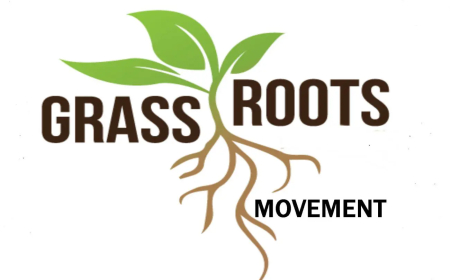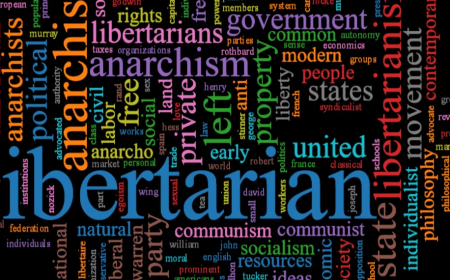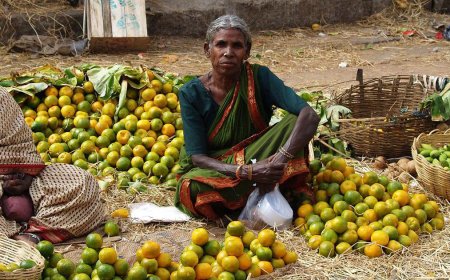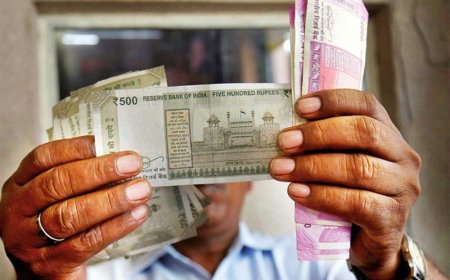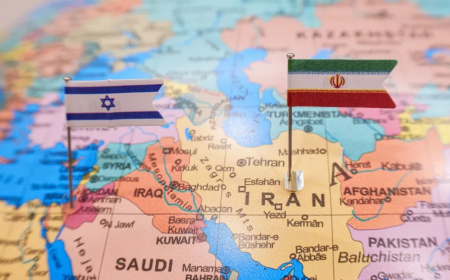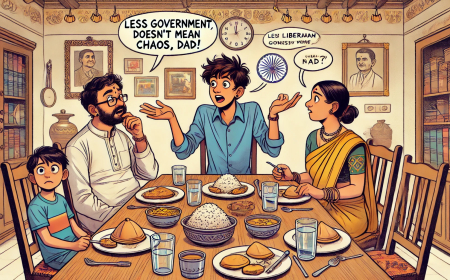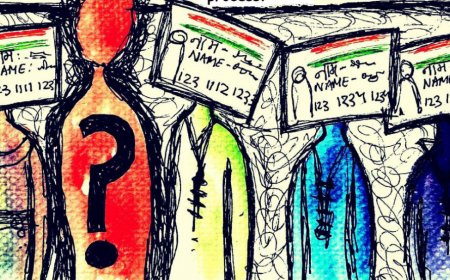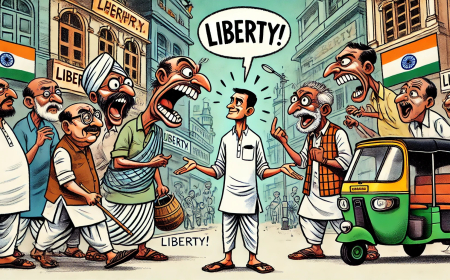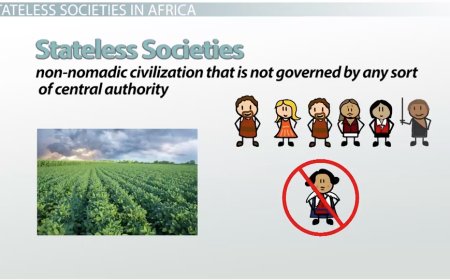The Cow in the Room: Can Libertarians Solve India’s Stray Cattle Problem?
Explore libertarian market-based solutions to India's stray cattle problem, from privatized shelters to incentivized adoption programs. Can these pragmatic solutions work while respecting cultural values?

India’s stray cattle problem has become an undeniable issue, especially in urban and semi-urban areas. With millions of cows, bulls, and buffaloes roaming the streets, causing traffic disruptions, crop destruction, and even accidents, the problem seems to have no clear solution. While there are traditional methods of handling the issue, such as government-funded shelters and relocation programs, libertarian thinkers propose a different approach: market-based solutions. Can a system based on privatization, incentives, and individual responsibility be the key to solving this issue while respecting cultural sensitivities?
1. Privatized Cattle Shelters: A Market Solution

One of the key aspects of the libertarian approach to solving the stray cattle problem is privatizing cattle shelters. Currently, many of India’s cattle shelters are government-funded and overcrowded, often unable to provide proper care or manage the large number of stray cattle. A market-based solution could allow private entrepreneurs to run cattle shelters, with the added benefit of efficiency and specialized care.
By creating a system where private businesses are incentivized to house and care for stray cattle, the financial burden on the government could be reduced. Private shelter operators would compete with one another to offer better services, such as food, medical care, and proper shelter. Additionally, these shelters could work on a business model that allows them to sustain themselves through a combination of donations, entrance fees, and even eco-tourism (where visitors can come and learn about the cattle).
2. Incentivized Adoption Programs
Another market-based solution could involve incentivizing the adoption of stray cattle. While India has a deep cultural connection with cows, many stray cattle are abandoned due to various reasons, including their inability to produce milk or other economic benefits. Libertarians propose a system where individuals or even farmers are incentivized to adopt these animals through subsidies, tax breaks, or monetary rewards.
Incentivized adoption would not only relieve overcrowded shelters but also help reduce the number of cattle roaming the streets. Farmers, in particular, could benefit from adopting these cows as additional livestock. Providing financial incentives could make it easier for people to take on the responsibility of caring for stray cattle without feeling the economic strain.
3. Encouraging the Private Sector in Cow Protection
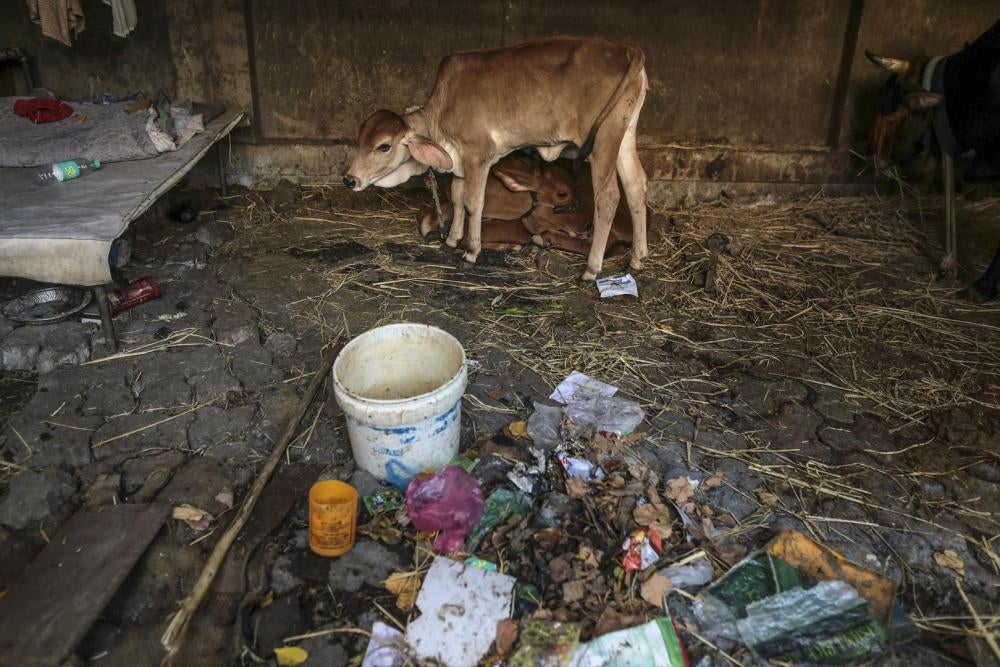
A major concern for libertarians is the role of government intervention in cow protection, which is often driven by cultural sensitivities and religious sentiments. While many Indians view cows as sacred, libertarian principles advocate for reducing state interference in favor of empowering local communities and private businesses to provide solutions.
Rather than forcing cow protection through laws and government-imposed regulations, a more effective approach might involve creating a robust private sector that values the welfare of cattle. For example, businesses could offer products like cow-based fertilizers, organic milk, or leather, helping to monetize and sustainably manage cattle populations. Cow sanctuaries, like those in parts of Rajasthan, could become profitable ventures by using cattle for agricultural purposes or by turning them into tourist attractions.
4. Public-Private Partnerships for Infrastructure
For an even more pragmatic approach, libertarians could advocate for public-private partnerships (PPP) in the management of stray cattle. For example, a government agency could provide land or resources, while private entities manage the day-to-day operations of the cattle shelters. This type of partnership could ensure that the system remains efficient and responsive to the needs of the community, while reducing the burden on taxpayers.
Such partnerships could also encourage innovation in cattle management. Startups could develop technologies for tracking stray cattle, using drones or GPS systems to monitor and safely redirect cattle away from busy streets. Private organizations might even offer educational programs that teach farmers and citizens how to handle stray cattle effectively, offering a long-term solution to this problem.
5. Addressing Cultural Sensitivities

Of course, when addressing the issue of stray cattle in India, one cannot ignore the cultural and religious significance of cows. Any market-based solution must be sensitive to these factors, ensuring that the livelihoods of farmers and the values of cow protection are respected. A libertarian approach would seek to engage with local communities, listening to their concerns and addressing them through voluntary, market-driven means.
For example, local religious groups could be involved in the funding and management of cow sanctuaries, with the added benefit of promoting a cultural ethos of care for animals. These sanctuaries could work in partnership with private businesses, offering sanctuary to cows without the need for government enforcement. The goal would be to empower communities to take responsibility for the animals they value, without relying on the state.
Conclusion: A Practical Solution for India’s Stray Cattle Problem
The stray cattle issue in India is undeniably complex, but a libertarian, market-based approach could provide a solution that balances efficiency with respect for cultural values. Privatized cattle shelters, incentivized adoption programs, and the encouragement of the private sector in cow protection could help reduce the strain on government resources while providing sustainable solutions. By engaging local communities and respecting their traditions, these market-driven initiatives could create a future where both cattle and citizens thrive.
In the end, while government intervention may offer temporary fixes, it is market-based solutions—driven by competition, incentives, and entrepreneurship—that could lead to lasting change.
What's Your Reaction?









